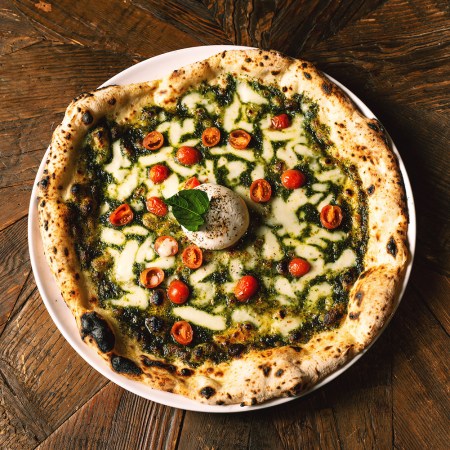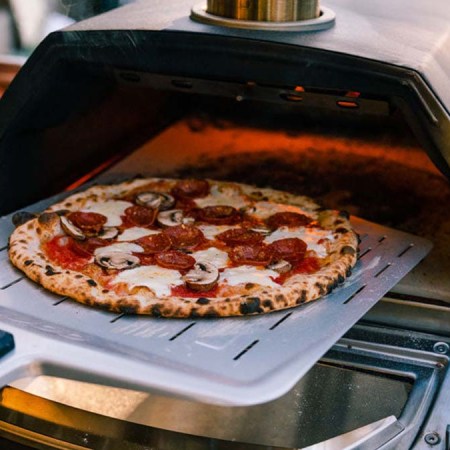There are plenty of ways in which cooking and eating are different today than they were in the 1960s. That isn’t to say that the ways we cook and eat have radically changed. Instead, the technology we use to get a meal ready — whether it’s cooking from scratch or re-heating leftover takeout — has evolved over the decades between then and now. Well, at least it has for the most part.
But one fairly ubiquitous food-related item has stood the test of time — the pizza delivery box. Which begs the question: is that a good thing?
According to Saahil Desai’s new article in The Atlantic, the answer to that question is an emphatic “no.” Desai argues that pizza boxes don’t do a particularly good job in preserving the freshness of the pie within. Which is worrisome, given that that’s literally what they exist to do. As Desai notes, what we think of as the definitive pizza box debuted in 1966 (via Domino’s) and hasn’t evolved since. Which, when you think about it, is a little weird.
At the center of this dilemma is the question of steam: let too much escape and the pizza gets cold and congealed; let too little escape and the pizza gets runny. Desai points out that another factor here is cost: while more efficient designs exist, they’re likely to cost a lot more than the more familiar cardboard boxes.
The Platonic ideal of a pizza box may not exist, but it’s taken some restaurants in unexpected directions. Desai describes one pizzeria altering their recipe to make a pie that’s more conducive to traveling — in this case, placing sauce over cheese rather than the reverse. It does seem as though there’s a pizza engineering breakthrough just waiting to happen — but where that ends up being remains a mystery.
Thanks for reading InsideHook. Sign up for our daily newsletter and be in the know.


















